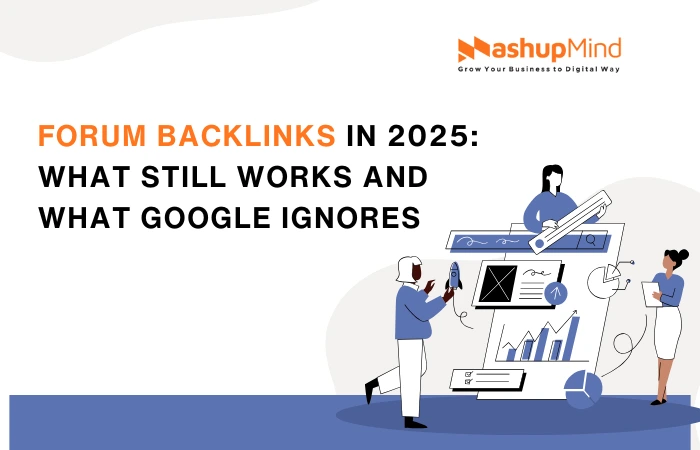Automation with AI in 2025 can be safely considered the right hand of organizations that want to scale operations while maintaining precision.
One PwC survey revealed that nearly half (49%) of technology leaders said AI was “fully integrated” into their companies’ core business strategy. Manufacturing, automotive, and healthcare are among the five sectors that have embraced automation most aggressively.
However, as with almost every other paradigm-shifting technology, there are clear limitations to what automation can accomplish and, more importantly, what it cannot do. Human oversight is still the deciding factor between scale and damage control.
If you are planning to expand your automation footprint soon, watch out for these pitfalls so that you don’t end up sabotaging your own growth efforts.
Mistake #1: Overlooking Quality Assurance in Automated Systems
Quality assurance (QA) automation is one of the fastest-growing segments across industries. From manufacturing assembly lines to sensitive sectors like healthcare, companies are investing heavily in automated quality control systems. The global quality management software market reached $11.14 billion in 2024 and is expected to hit $20.66 billion by 2030.
However, even the most sophisticated automated quality systems can fail catastrophically when human oversight is insufficient. Take the Depo Provera controversy, for instance.
Recent research has connected extended use of this birth control injection to significantly higher risks of brain tumors called meningiomas. According to TruLaw, plaintiffs claim that Pfizer and other manufacturers failed to adequately warn users about these serious health risks, including the brain tumor risk.
The quality gaps are glaring because the manufacturer either missed out on QA or deliberately kept facts. If you’re interested in learning more about the lawsuit and its implications, you can learn more here.
Circling back to QA automation, when things go wrong at this level, the fallout can include patient harm, regulatory backlash, and permanent brand damage. The damage spreads beyond immediate recalls to long-term consumer trust issues.
A better approach:
- Implementing multi-layer human verification points within automated workflows.
- Regular auditing of automated decision-making processes with independent oversight.
- Creating fail-safe protocols that automatically escalate unusual patterns to human supervisors.
Mistake #2: Blindly Trusting Pre-Built Test Suites
QA automation tools often ship with ready-made test cases. They look like a time-saver at first glance. But if those suites aren’t tailored to your product’s actual logic or kept in sync with code changes, they quietly turn into liabilities.
They might pass every run while critical flaws in edge interactions go completely unnoticed. By the time users flag issues, the damage is already out in the wild. This kind of false confidence can be especially risky for sectors where failures come with real-world consequences, like healthcare, logistics, or fintech.
Relying too heavily on templated test coverage also discourages deeper analysis. Teams start assuming that “green checks” mean the product is stable. That gap between surface-level test success and real-world performance grows until it hits a breaking point.
Here’s how to avoid that:
- Use pre-built suites only as a temporary scaffold, not a final testing framework.
- Tie every test case to a specific user story or production behavior.
- Add version control for test scripts so QA can update them alongside engineering sprints.
- Run regular regression tests that include historical bugs and edge cases.
- Review failed and skipped test logs weekly, not just pass/fail summaries.
We are not saying pre-built tests aren’t useless. However, they can’t do the thinking for your product. Real confidence comes from test logic that actually reflects how users behave, not just how tools expect them to.
Mistake #3: Ignoring Data Hygiene Requirements
Data hygiene forms the foundation of every successful automation initiative. When companies rush to automate without proper data cleansing first, they essentially amplify existing problems at machine speed.
Research shows that roughly 80% of organizations experience revenue decline due to poor data quality, with yearly financial losses spanning $10 to $14 million per company.
This creates a domino effect where automated systems make decisions based on incomplete or incorrect information. Customer service bots provide wrong answers, inventory systems order unnecessary stock, and marketing automation sends irrelevant messages to the wrong audiences.
The result is frustrated customers and wasted resources that compound over time. Organizations can avoid these costly mistakes by establishing robust data hygiene practices:
- Conducting comprehensive data audits before implementing any automated system.
- Setting up real-time data validation rules that catch errors at the point of entry.
- Creating standardized data formatting protocols across all departments and systems.
- Establishing regular data quality reviews with clear accountability measures for each team.
- Implementing automated data cleansing tools that flag inconsistencies and duplicates.
Act Before Small Gaps Turn Into Systemic Failures
Automation delivers results when every part (QA, data, logic) is built with clear intent. But systems don’t raise alarms when things drift. They keep running, quietly producing flawed outcomes that surface much later as churn, delays, or complaints.
That’s where the real risk sits, not in automation itself, but in how it’s set up and monitored. Thoughtful oversight, clean inputs, and test coverage rooted in reality can protect both momentum and credibility over time.







